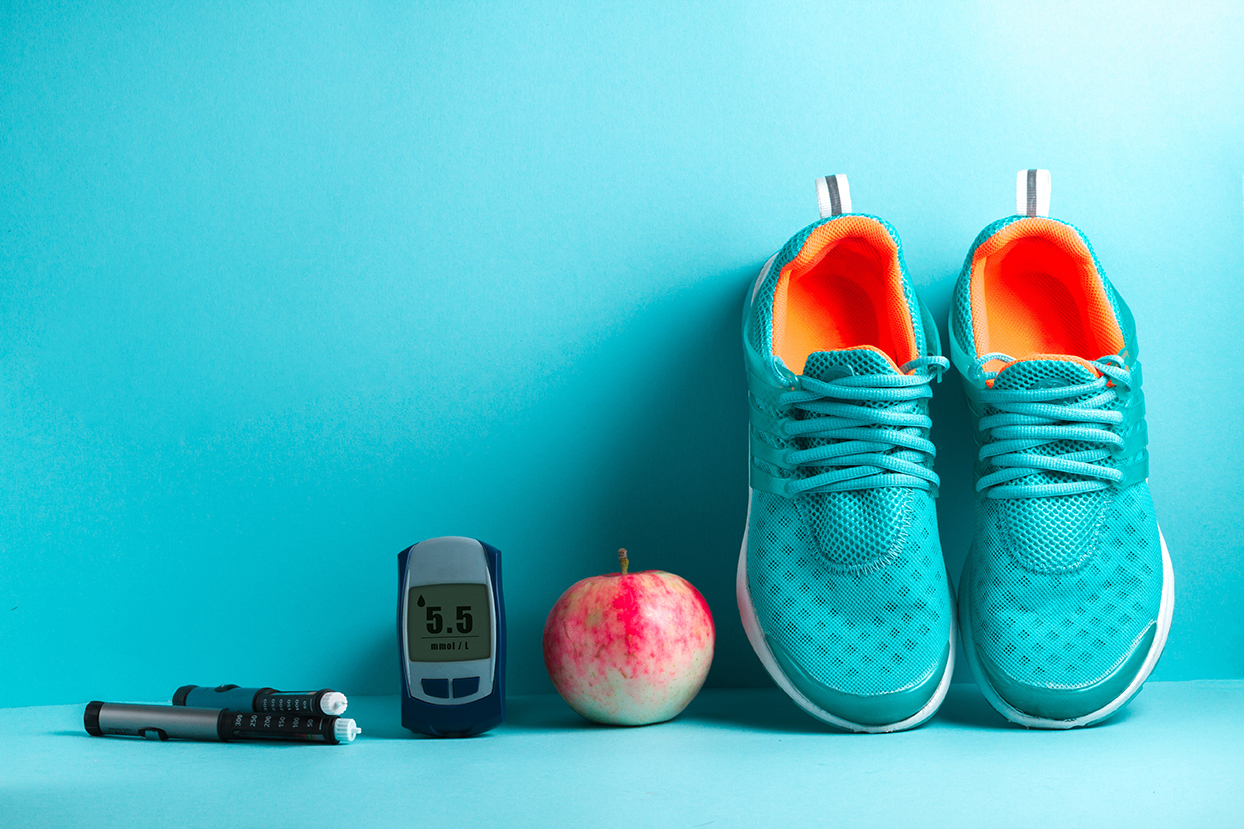Diabetes Prevention and Management: 6 Tips for Taking Control

Diabetes and prediabetes are serious health threats, and the number of people affected is rising quickly. What can you do to help protect yourself? Make some key lifestyle changes to reduce your risk.
Thinking about making a change to your lifestyle can be overwhelming. Counting calories and carbohydrates is complicated. But a healthy diet doesn’t have to be. Eating healthy and adding movement to your day helps reduce your risk of heart disease and diabetes and improves your overall quality of life.
Here are some guidelines that can help.
Achieve and maintain a healthy weight.
Losing a modest amount of weight (about 5-7% of your body weight) can be enough to help your body use its insulin more efficiently. As a result, you may need less medication (based on your doctor’s advice).
Add more movement and activity to your day.
Make a plan. For adults age 18-64, the CDC recommends a weekly regimen of two-and-a-half hours of moderate-intensity aerobic activity (e.g., brisk walking, and at least two days a week of weight training/muscle-strengthening that works all major muscle groups (legs, hips, back, abdomen, chest, shoulders, and arms). If you are just starting out, ease yourself into an exercise program by setting realistic goals.
Eat a well-balanced diet.
Rather than struggling to count calories, try using the MyPlate method for people with diabetes. Fill half your plate with non-starchy vegetables. Slightly more than a quarter of your plate can be devoted to whole grains and the remainder (slightly less than a quarter) with lean protein. Plate yourself this way at least 80% of the time to achieve a good balance to your meals.
Avoid large quantities of sugar and processed carbohydrates.
These are typically found in candy, pastry, milk, frozen treats and sugary beverages.
Reduce sodium intake.
More than 75% of the sodium Americans eat comes from processed, prepackaged and restaurant foods – not from the salt shaker. Current recommendation is less than 2400 mg per day and ideally, no more than 1500 mg.
Cut down on saturated and trans fats and increase unsaturated fats.
Saturated fats mainly come from animal products and most are solid at room temperature. Known as “good” fats, unsaturated fats promote heart health, may lower your total and LDL cholesterol, and raise good HDL cholesterol levels.
Want to learn more? Watch this video: https://youtu.be/zJnZXInr83k